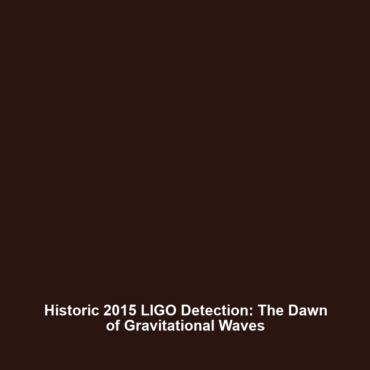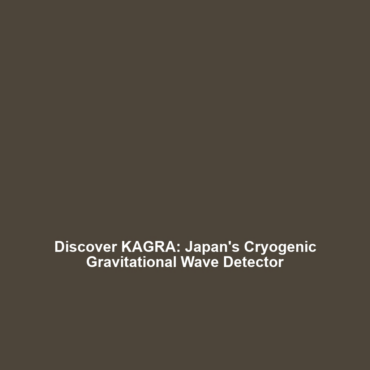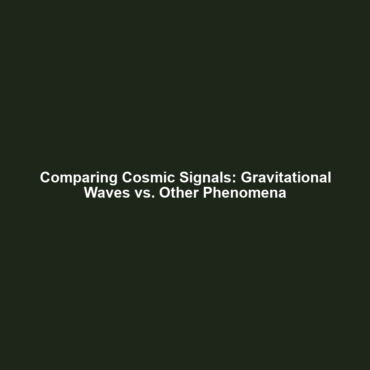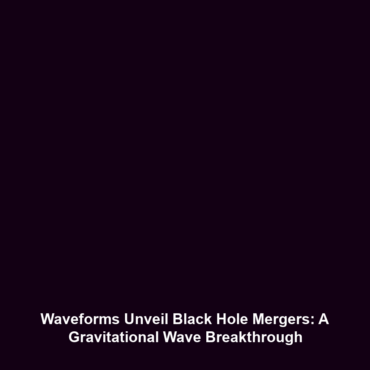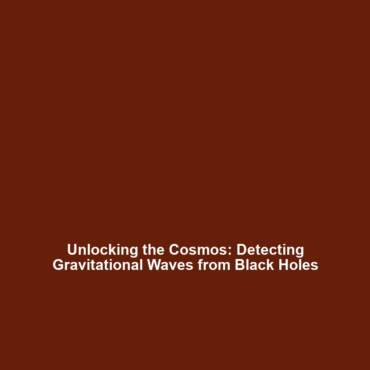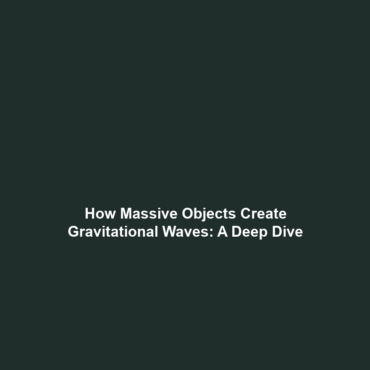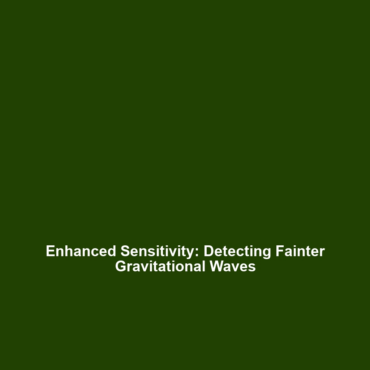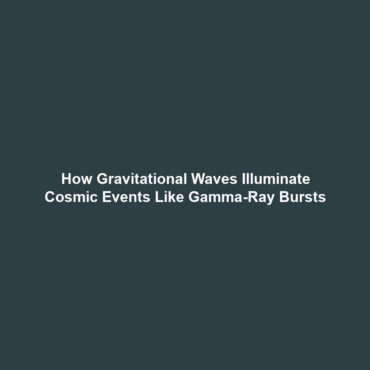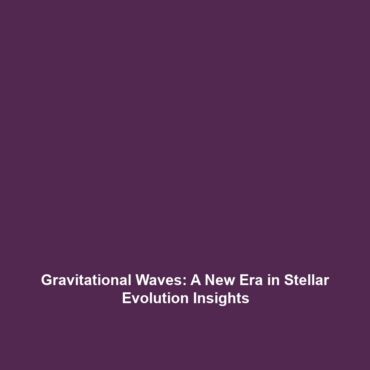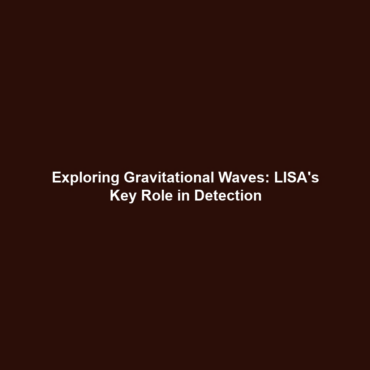LIGO and the First Detection: The Historic 2015 Detection of Gravitational Waves
Introduction
The Laser Interferometer Gravitational-Wave Observatory (LIGO) marked a revolutionary milestone in astrophysics with its historic detection of gravitational waves in September 2015. This groundbreaking achievement not only confirmed a pivotal prediction of Albert Einstein’s General Theory of Relativity but also opened a new era in astronomical observation—gravitational wave astronomy. The significance of this first detection lies in its ability to provide insight into some of the universe’s most violent events, such as black hole mergers and neutron star collisions.
Key Concepts
The Science Behind Gravitational Waves
Gravitational waves are ripples in spacetime caused by accelerated masses, particularly during catastrophic cosmic events. LIGO employs laser interferometry to measure these minute distortions in spacetime caused by these waves, allowing scientists to detect signals from billions of light-years away.
LIGO’s Role in Gravitational Wave Detection
LIGO consists of two detectors located in the United States, in Livingston, Louisiana, and Hanford, Washington. The simultaneous observation of gravitational waves at both sites enables scientists to pinpoint the location of astronomical events with unprecedented precision.
Applications and Real-World Uses
Understanding how LIGO functions and its first detection contributes significantly to the field of gravitational waves. Some practical applications include:
- Astronomical Research: Gravitational wave data enhances our understanding of cosmic phenomena like black holes and supernovae.
- Testing General Relativity: The observations provide real-world data to test the limits of Einstein’s theories.
- Multimessenger Astronomy: Combining gravitational wave observations with electromagnetic signals leads to a more comprehensive understanding of astronomical events.
Current Challenges
Despite its successes, studying gravitational waves and the LIGO interferometers faces several challenges:
- Detection Sensitivity: The need for enhanced sensitivity to detect weaker signals from further distances.
- Noise Interference: Mitigating environmental and astrophysical noise that can obscure gravitational wave signals.
- Data Processing: The vast amount of data generated poses challenges in processing and analysis.
Future Research and Innovations
The future of LIGO and gravitational wave research is promising with developments such as:
- Advanced Detectors: Next-generation detectors like the Einstein Telescope may drastically improve detection capabilities.
- Space-Based Observatories: Plans for observatories like LISA (Laser Interferometer Space Antenna) aim to observe signals at different frequencies, expanding our view of the universe.
- Enhanced Data Analysis Algorithms: Innovations in machine learning are being explored to improve signal detection and classification.
Conclusion
The milestones achieved by LIGO with the first detection of gravitational waves in 2015 have largely transformed the landscape of astrophysics and cosmology. This discovery not only confirmed theoretical predictions but also paved the way for future innovations in gravitational wave astronomy. Researchers and enthusiasts alike are encouraged to explore further developments in this exhilarating field of science.
For more about gravitational waves and related topics, check our articles on black hole mergers and Einstein’s theories.
